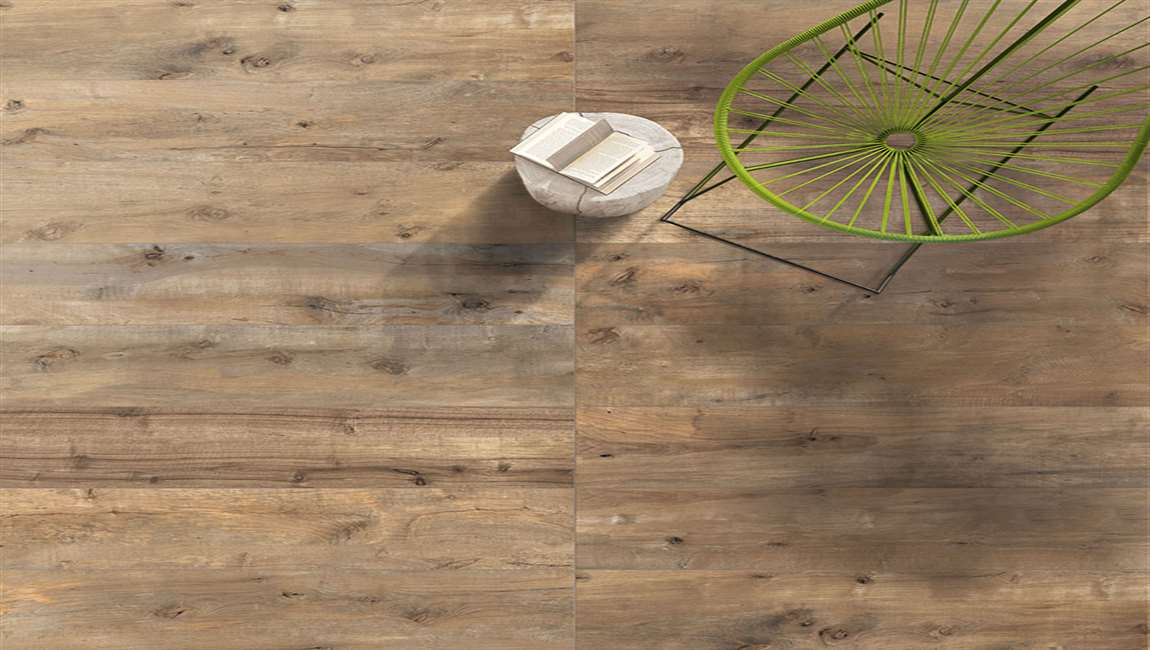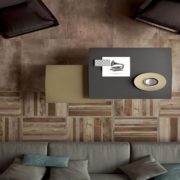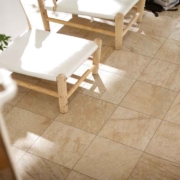How Removing Greasy Marks from Tiles?
Wipe up oil splatters as soon as they happen, if possible. Tile splashbacks look fantastic but can get greasy quickly. Oil marks are easiest to remove when they are fresh. If you notice oil splashing on the tiles while you are cooking, use a paper towel to blot the oil. If you don’t have a paper towel on hand, use a clean dishcloth instead. This method will remove greasy marks from all types of tiles.
Fill a bucket with warm water and 2 drops of dishwashing liquid. If you notice greasy marks on the wood tiles that have likely been there a while, use this method to get rid of them. The warm water and dishwashing liquid help to break down the oil and remove the stains. Add the water and dishwashing liquid into the bucket and then use your hand to gently stir them together. Any dishwashing liquid or detergent works for this method.
Dip a sponge into the soapy water and use it to wipe up the grease. Soak the sponge in the water and then squeeze it to remove any drips. Press the sponge onto the greasy marks for 5 seconds and then wipe in circular motions until all the marks are gone.
If you are cleaning a large area, dunk your sponge in the soapy water regularly to ensure that it has fresh dish soap on it.
If there’s is a lot of excess build-up on your tiles, you may need to clean with a store-bought degreaser or use a vinegar solution.
Wipe the soap suds off the tiles with warm water and a dishcloth. Dunk a clean dishcloth in warm water and wring it out to remove any excess water. Wipe the entire tile surface until all the soap suds are gone. If the dishcloth get soapy, rinse it in warm water and then carry on wiping the tiles.
Dry the area with a tea towel. This avoids the tiles from growing mold or mildew. Use a clean tea towel to dry all the moisture from the tiles and grout. If you don’t have spare tea towel, use paper towels instead.
















